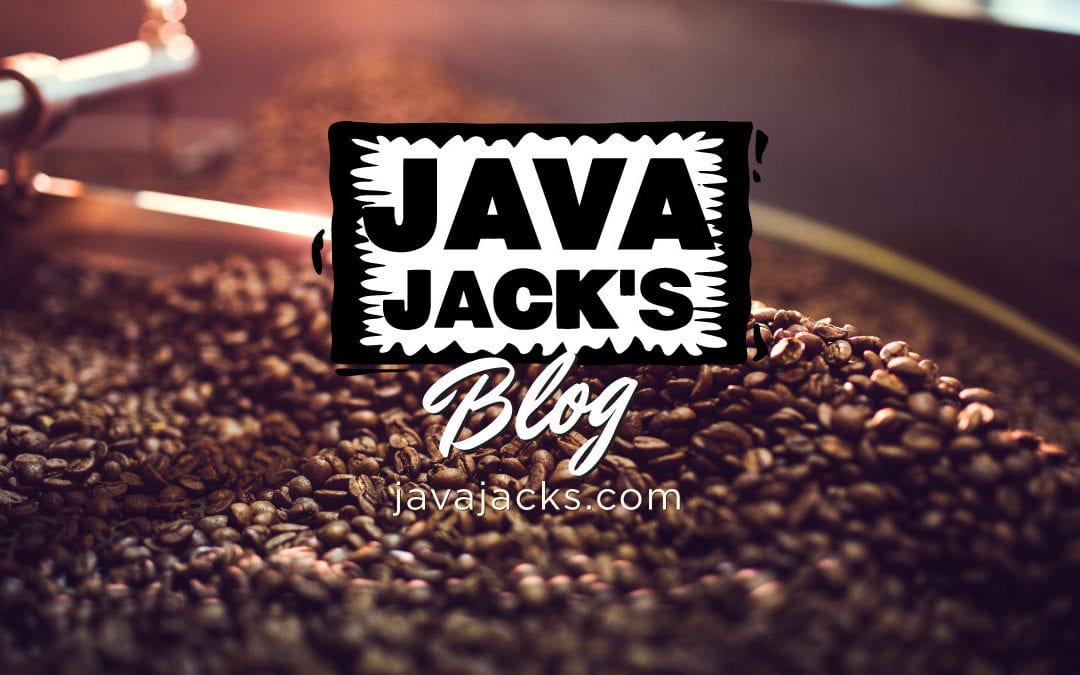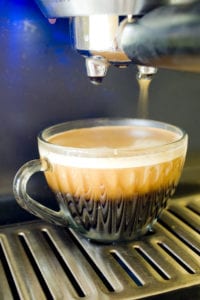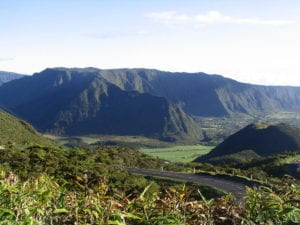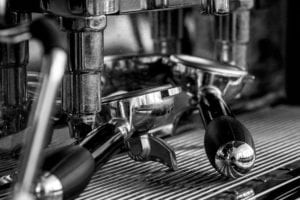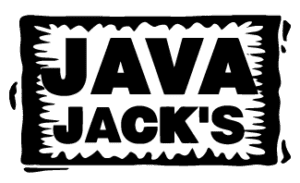Brent and Sarah Patton travel the world searching for great coffees. When they go, they don’t just go to a green coffee broker here in the country, they actually visit farms and meet farmers. Growers have a difficult time getting their coffee to people who actually know what a great product they are growing. How does an American roaster find exceptional coffee from across the globe?
Smallholder coffee farmers can get their coffee “out there” by entering their beans in competitions. One such competition is the Forca Cafe Quality Competition in Brazil. Large corporate farms need not enter. This is for farms that are attempting the extraordinary, taking the kind of care that the top coffee tasters in the world notice producing what is know as a Micro-lot.
One Brazilian farmer did just that.
Brazilian coffee farmer, Joaquim Carmelito, won second place in the Forca competition. He beat out over 500 hundred other farmers to make the first cut. His Sao Felix farm is located over a mile above sea level. It’s in the beautiful Matas de Minas, Santa Margarida region of Brazil known for its waterfalls and colonial architecture. It sounds like a wonderful place to visit.
But this time, the Pattons didn’t have to leave the country to find this coffee. This time they were able to make their very special find in Texas at a commodity dealer in Tomball, Texas. The Pattons got the word that there was something special to be had.
In a small room, buyers tasted many different offerings. When Brent and Sarah tasted Joaquim Carmelitos very special coffee, they knew they wanted to bring it to East Texas.
They drove to the Camino Real roastery in Nacogdoches with six huge burlap sacks of coffee beans.
This Brazilian coffee is special.
The variety is called Yellow Bourbon, named after an island near Madagascar in the Indian Ocean. The island is now called Réunion. These beans made their way from the Indian Ocean to Brazil.
Part of what makes these particular beans so special is that they are an heirloom bean meaning they have not been crossbred. These beans are direct descendants of the coffee cherries grown over a hundred years ago on the island of Bourbon.
But there’s more, and this requires a little explaining.
First of all, the actual coffee bean is the seed of a fruit that looks like a cherry, so its fleshy outer part is called a cherry by coffee growers.
Most Bourbon cherries are red. But a small percentage of them are yellow.
Only 5 to 10% of these cherries are yellow, and boy their flavor is distinctive!
That’s why this very special award winning coffee bean is called a Yellow Bourbon.
Big corporate coffee growers who make billions of dollars by lining grocery stores with coffee don’t zero in on this kind of coffee. They need too much attention. This kind of micro lot is found in small coffee shops.
Heirloom coffees by their very nature require special handling in the growing process. Only smallholder coffee farmers are willing to go to the care and trouble required to grow this.
Finally, after the coffee is grown there are three different ways to cure and ferment the bean. This Brazilian coffee uses a semi-washed routine to remove the flesh and dry out the bean.
In this method, the cherries are dunked in water to remove the skin, while the fleshy mucilage is left on to dry in the sun for weeks. This imparts a special flavor to the final result.
When I first asked Brent about the coffee, he told me that the coffee was sweet with marshmallow tones. If you drink the coffee black and look for that.
Furthermore, there is a subtle chocolaty taste in the cup.
Tasters describe this brew as supremely balanced.
After getting the beans to Nacogdoches, Brent quickly put the bean through its paces in his roasters to tease out the flavors in the bean at their best. On the shelf, they are calling it Brazil Micro Lot.
At Java Jacks, they are serving it both as a regular coffee and as an espresso. I have tried it both ways.
I have tried a cup both black and with cream and enjoyed it both ways, but you do lose the full spectrum of juicy acidity in the coffee when you add cream. If you want to try it, may I suggest that first, you drink a good portion of it black? Then add cream if you want to see the difference.
This Brazilian Micro-Lot is very interesting as a coffee. But when I tried it as straight espresso, I was blown away. Never had I tasted anything like it. I ordered a double shot and was shocked at how silky sweet it is
Now I don’t have to tell you that this isn’t going to last long. This is the kind of coffee that is found in the most exclusive coffee shops in New Orleans, San Francisco, and Seattle. Brent and Sarah have brought something truly special to Nacogdoches.
